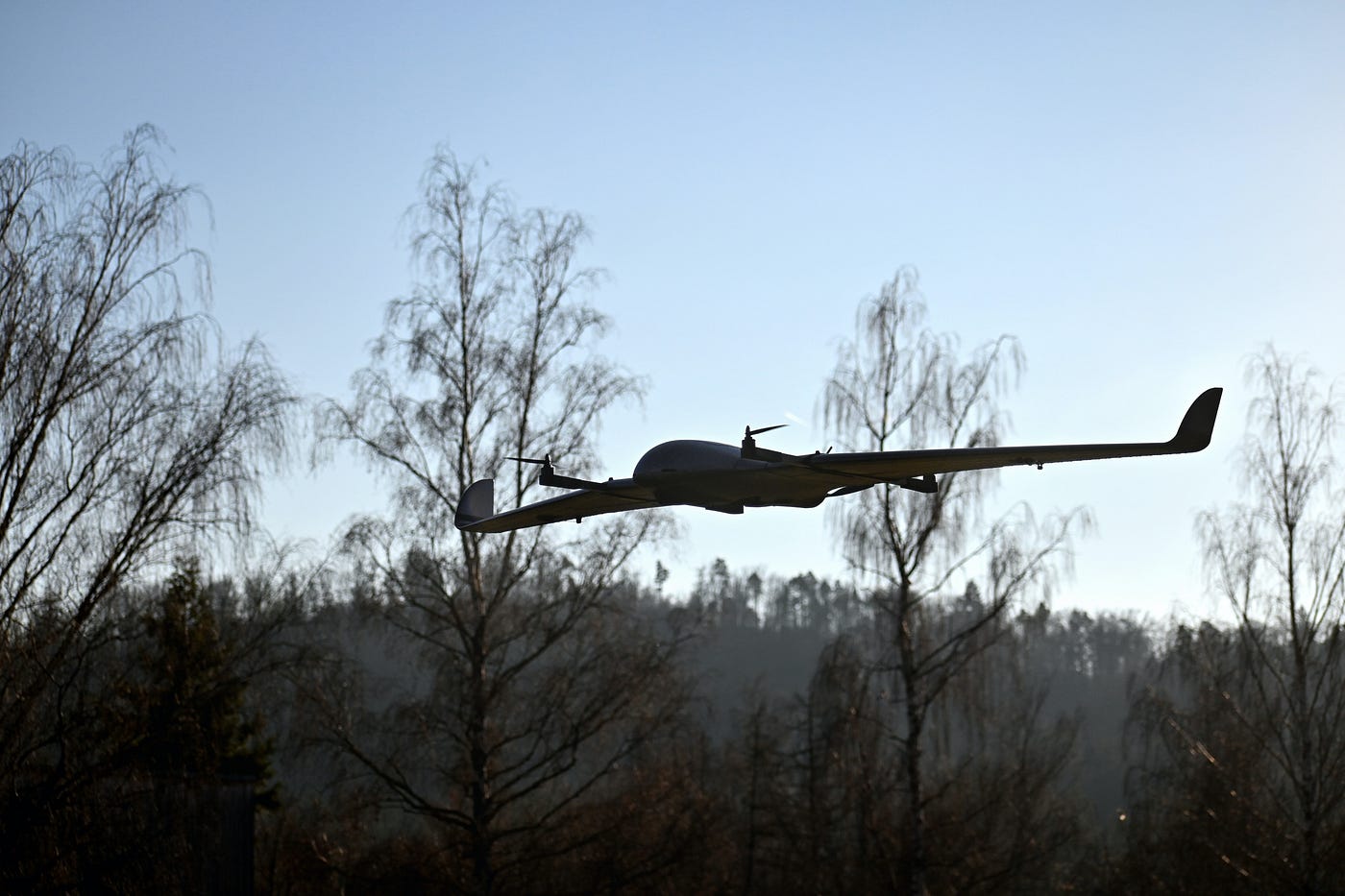Unmanned Warriors: The Past, Present, and Future of Military Drones

Military drones, also known as unmanned aerial vehicles (UAVs), have become an increasingly common sight in modern warfare. With the ability to conduct reconnaissance, surveillance, and targeted strikes, military drones have become a critical tool in the arsenal of modern militaries. In this article, we will explore the history and development of military drones, their current capabilities and uses, and the ethical and legal issues surrounding their use in warfare.
History of Military Drones
The history of military drones can be traced back to the early days of aviation. During World War I, both the British and the Germans experimented with remotely piloted aircraft, but the technology was not yet advanced enough to be useful in combat. It was not until the development of digital technology and advanced sensors in the 1990s that drones began to be used in military operations.
Types of Military Drones
There are several different types of military drones, each with its own capabilities and uses. These include:
- Reconnaissance drones: These drones are used to gather intelligence and information about enemy positions, movements, and activities. They are equipped with cameras, sensors, and other surveillance equipment.
- Combat drones: These drones are equipped with weapons and are used to conduct targeted strikes against enemy targets. They are often used in situations where it is too dangerous for human pilots to fly.
- Logistics drones: These drones are used to transport supplies, equipment, and personnel to and from the battlefield. They are often used in situations where traditional transport methods are not feasible.

Current Uses of Military Drones
Military drones are used in a variety of different roles in modern warfare, including:
- Surveillance and reconnaissance: Drones are used to gather intelligence about enemy positions and activities, providing critical information to military commanders.
- Targeted strikes: Drones are used to conduct targeted strikes against enemy targets, often in situations where it is too dangerous for human pilots to fly.
- Logistics and transport: Drones are used to transport supplies, equipment, and personnel to and from the battlefield, often in situations where traditional transport methods are not feasible.
- Border patrol and security: Drones are used to patrol borders and monitor activity in sensitive areas, providing an additional layer of security.
Ethical and Legal Issues
The use of military drones has raised a number of ethical and legal issues, including:
- Targeted killings: The use of drones for targeted strikes has raised concerns about the legality and ethics of targeted killings.
- Civilian casualties: There have been reports of civilian casualties resulting from drone strikes, raising concerns about the potential for drones to cause harm to innocent people.
- Accountability: The use of drones can make it difficult to hold military personnel accountable for their actions, particularly in situations where strikes result in civilian casualties.
Future of Military Drones
The future of military drones is likely to be shaped by advances in technology and changes in military doctrine. Some potential developments include:
- Increased autonomy: Advances in artificial intelligence and machine learning could allow drones to operate with greater autonomy, reducing the need for human control.
- Swarm technology: The development of swarm technology could allow for large numbers of drones to be deployed simultaneously, providing a new level of battlefield capability.
- Anti-drone technology: As drones become more prevalent on the battlefield, we can expect to see an increase in the development of anti-drone technology, including systems designed to jam or disable drones.
Military drones have become an increasingly common sight in modern warfare, providing militaries with critical intelligence and operational capabilities. While the use of drones has raised ethical and legal issues, their potential to shape the future of warfare cannot be ignored. As technology continues to advance and military doctrine evolves, we can expect to see drones play an increasingly important role in military operations and warfare. However, it is important that the use of drones is carefully regulated and monitored to ensure that they are used in a responsible and ethical manner.
Governments and militaries around the world must take a proactive approach to the use of drones, addressing concerns about accountability, civilian casualties, and the ethical and legal implications of targeted killings. With careful consideration and regulation, the use of military drones can provide a valuable tool for enhancing national security and protecting the lives of military personnel.
Overall, while military drones have the potential to revolutionize warfare, it is important that their use is guided by ethical principles and a commitment to international law. As technology continues to advance and the use of drones becomes more widespread, it is essential that we remain vigilant and aware of the potential risks and benefits of this emerging technology.